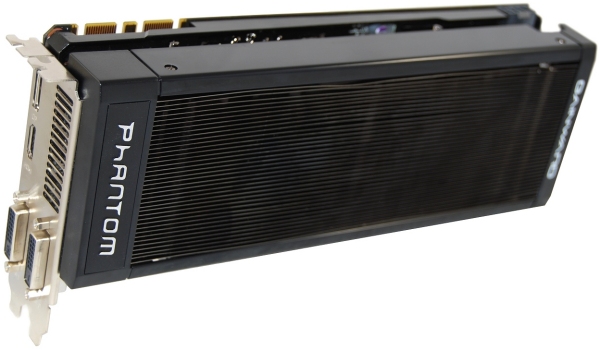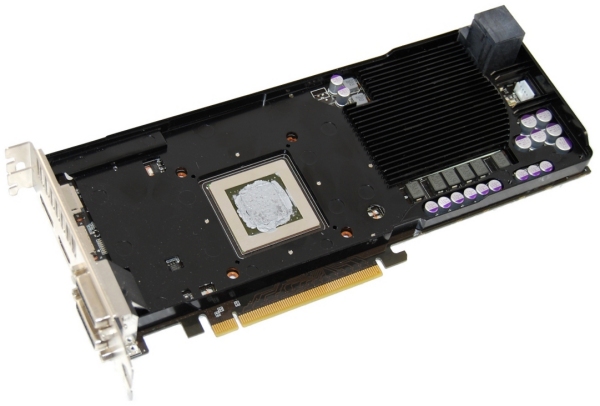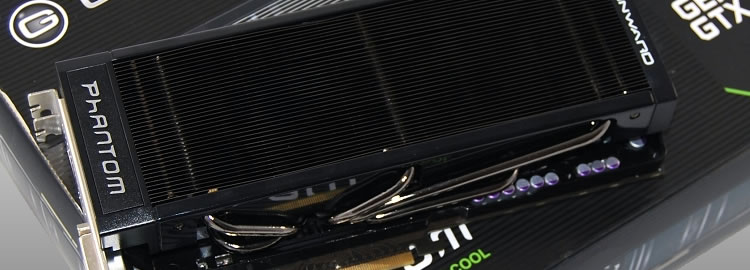On March 22, Nvidia unveiled its first "Kepler"-based graphics card. Branded as the GeForce GTX 680, the card is powered by a 28nm GPU codenamed GK104 that crams 3540 million transistors into a 294mm2 die. That's an improvement from the 40nm GTX 580, which has 540 million fewer transistors yet is almost three times larger, and it partly highlights the overall goal of Kepler: improved efficiency.
This refinement is visible in all aspects of the card, not least of which is raw performance. Based on Fermi's second-generation Streaming Multiprocessor (SM) architecture, the GTX 580 has 512 CUDA cores, 48 ROP (Raster Operations) units and 64 TAU (Texture Addressing Units). The GTX 680 ramps that up to a massive 1536 CUDA cores, 128 TAUs and 32 ROPs, bringing loads of horsepower to the race.
A few changes have been made to the clock speeds while the Shader clock has been removed entirely. Instead, everything now runs off the core clock, which now also features what Nvidia calls a "Boost Clock," a technology akin to Intel's Turbo Boost. By default, the GTX 680 comes clocked at 1006MHz – already 30% higher than the reference GTX 580 – with a dynamically changing Boost Clock of 1058MHz. Meanwhile, the GDDR5 memory frequency has increased 50% from 4008MHz to a blistering 6008MHz.

With the Radeon HD 7970 only being on average 9% faster than the GTX 580, AMD priced itself into a corner with its flagship originally set at $549. However, the company responded quickly by reducing prices on much of its HD 7000 series, putting the HD 7970 at $479, just under the GTX 680's $499 suggested rate.

We were surprised AMD acted so fast. Although the GTX 680 is quicker than the HD 7970, Nvidia's card is still only available in limited quantities – if at all. As of writing, Newegg doesn't have a single card available and Amazon has low stock warnings on most GTX 680s. While Nvidia struggles to meet demand, board partners have been busy crafting custom cards. Because we didn't get a reference sample last month, our GTX 680 review will showcase one of the special edition products instead, meet the Gainward GTX 680 Phantom...
A week after the GTX 680's release, Gainward unveiled its elite Phantom edition card, touting a re-worked PCB with an upgraded power phase, factory overclocking and a massive triple slot cooler – the last of which is the most noteworthy change. Although Gainward featured its Phantom cooler on some GTX 500 series cards, the GTX 680 is the first to market with the company's second-generation solution.
The Phantom II features the same elegant design as its predecessor, but delivers better thermals while making less noise and has a sturdier construction. It's unlike any triple-slot cooler we've encountered before as its heatsink features five 6mm heatpipes that extract heat from the base and evenly distribute it throughout the heatsink. The most unusual part of this design is the fans, or rather their location.

Whereas fans are typically attached to the top side of the heatsink, Gainward has instead embedded two extremely quiet 80mm PWM fans directly inside the heatsink. The company claims that its factory-overclocked GTX 680 is six degrees cooler and 11.5dB quieter than a reference GeForce GTX 680. This is particularly impressive when you consider the efficiency gains Nvidia made with the stock design.


The heatsink measures 225mm long, 70mm wide and 40mm tall (8.85in x 2.75in x 1.57in). It features a black fan shroud that forces the 80mm fans to draw air in through fins above them and push it over fins below them at the same time. Moving past the heatsink is a black aluminum heat spreader that engulfs the top side of the card and cools the eight 256MB GDDR5 memory chips along with the 6-phase PWM.

By using a 6-phase design, Gainward includes two extra phases for power delivery to the GPU, which should improve performance under heavy loads and aid in the cards overclocking abilities. Not only is the overclocking potential of this card improved but so is its efficiency while the choke noise and EMI noise also be reduced.

Speaking of overclocking, Gainward has done a little bit of the heavy lifting by pushing the core clock from 1006MHz to 1084MHz, a mild 8% increase, while the Boost Clock is increased from 1058MHz to 1150MHz, a 9% increase. The GDDR5 operating frequency has also been raised 5% from 6008MHz to 6300MHz, meaning the memory bandwidth has been boosted 5% from 192.2GB/s to 201.6GB/s.

The rest of Gainward's card remains fairly standard, including a pair of SLI connectors, 6-pin and 8-pin PCIe power connectors, and an I/O panel configuration consisting of HDMI, DisplayPort and two DVI ports.
